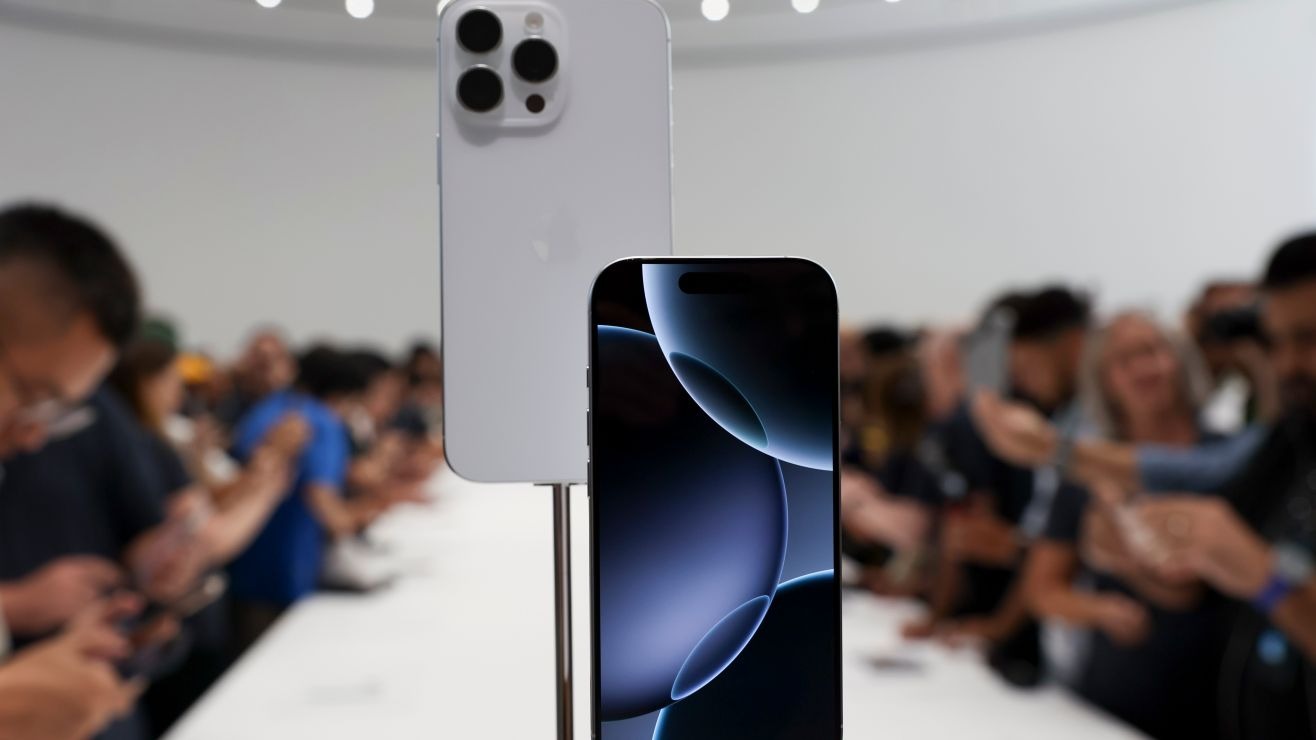Developed by engineers from the American Universities of Columbia and Buffalo New fingerprint analysis using artificial intelligence (AI) overturns the long-held belief in forensic medicine that no two fingerprints are alike, even on different fingers of the same person.
The discovery was announced this Wednesday by the Journal scientific progress, Proven 99.99% reliability Fingerprints from any two fingers of the same person are more similar than previously thought.
Fingerprints are essential in crime labs for solving cases and on billions of mobile phones around the world for digital authentication.
To date, prints available from fingers other than fingerprints have not been useful in situations such as crime scenes.
However, a study was encouraged Cafe Kuoengineering student at Columbia, along with other researchers from the same university and the University at Buffalo, have shown that this limitation can be overcome by analyzing previously unexplored properties of fingerprints.
Guo and his colleagues found a public US government database with others 60,000 fingerprints and entered them in pairs into an artificial intelligence-based system called a deep variational network.
Sometimes the pairs belong to the same person (but with different fingers) and sometimes to different people.
Engineers, without prior forensic knowledge, extracted fingerprint representation vectors 525,000 images Using deep neural networks made a surprising discovery: Fingerprints of different fingers of the same person are very similar.
They found that the orientation of the ridges near the center of the prints (the most prominent part of the prints) explained much of this similarity, and that this pattern was present for all pairs of fingers of the same person.
The model has been successfully tested on women of different genders and ethnic groups.
“While there are many possibilities, we believe this additional information may be helpful in exonerating innocent suspects or creating new leads,” Guo said in a statement from Columbia University.
The researcher insists that his discovery can Improving convenience and accessibility of digital authentication techniques.
(with information from EFE)

:quality(85)/cloudfront-us-east-1.images.arcpublishing.com/infobae/GNC7IKJXTFBCDMWJWEDEXLE5DQ.jpg)



:quality(85)/cloudfront-us-east-1.images.arcpublishing.com/infobae/KTKFKR763RBZ5BDQZJ36S5QUHM.jpg)